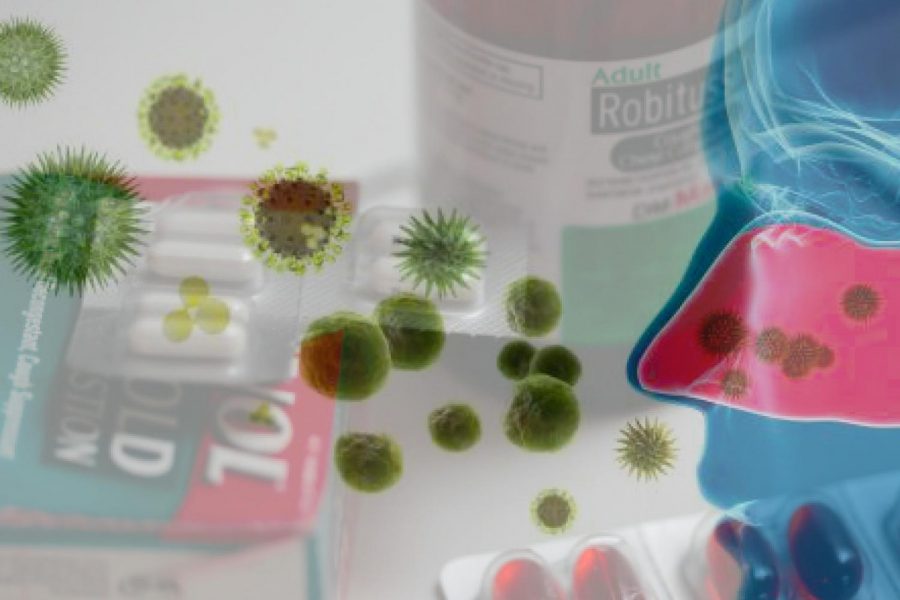Pollen. Dirt. Dust. Each is the arch nemesis of a person suffering with allergies. Walking out into the open air is meant to be a peaceful and enjoyable experience, but a stuffy nose and a raging headache can make that enjoyable experience impossible.
Certain seasons and specific places bring out the worst allergies. Living in Texas makes people extremely vulnerable to allergies. Whether it’s a windy day blowing around the pollen or the season causing ragweed to be high, allergies occur throughout the year.
The Asthma and Allergy Foundation ranked Dallas 31st in its 2018 list of most challenging places to live with spring allergies . They also gave Dallas a “worse than average” pollen score based on actual pollen counts and allergy prevalence for each pollen type.
According to childrens.com, the website of Children’s Medical Center in Dallas, Texas weather, including the lack of hard freezes and humidity, leads to year-round allergies. They break it down to:
Spring – Tree Pollen
Summer – Grass Pollen
Late Summer (and year-round) – Mold
Fall – Ragweed
Winter – Mountain Cedar
One thing that is commonly asked is what is the difference between having a cold and being sick from allergies? Upper School Nurse Mrs. Lori Liles said, “Allergies hit you quickly, but a cold creeps in over the span of a day.” Whenever someone goes to the see her with allergy symptoms, she immediately asks, “When did this start?”
Another indicator is colds don’t always come with a fever. Because many viruses are common, people usually have some sense of immunity to them.
A common mistake is to start taking medication after allergies have begun to act up. Mrs. Liles said, “The most important thing is to start taking allergy medicine before you begin to get sick and take it on a regular basis.”
If an allergy medicine isn’t effectively helping the allergies after a period of about ten days, it is recommended to go see a doctor to get something stronger, as it may be a sinus infection.
“It’s never a bad thing to stay home when you feel sick and take something stronger like a Benadryl,” said Mrs. Liles.
Junior Karen Sculley said, “I felt horrible. It was kind of like having a cold but not actually being sick, so I still had to do normal stuff.” In order to help her allergies, Karen took allergy medication and drank hot tea with honey all the time. “Medicine is very useful,” said Karen.
Freshman Kate Follett struggled with bad allergies since the middle of March. She played softball, and her sinuses got worse during the softball season due to the dust from the dirt and constantly being outside in the changing Texas weather. In order to combat them, she used two important things daily. “Rest and Benadryl,” said Kate.
Upper School Math teacher Ms. Ashleyanne Thornhill was out for a couple of days in the spring with a sore throat and a bad cough. These symptoms occurred after she struggled with allergies the week before. Ms. Thornhill said, “I had no energy and felt like I had a fever. The doctor gave me the wrong antibiotics, so it lasted longer.”
One thing people can do to help control allergies is to keep track of the pollen count to know when it is appropriate to begin taking allergy medicine. Weather.com offers an allergy tracker that can be customized by location and pollen type.
The App Store also offers several free allergy trackers that can be downloaded directly to the cell phone. Each provides in-depth information about top allergens in the area and allows users to track their own symptoms to help identify sensitivities.



